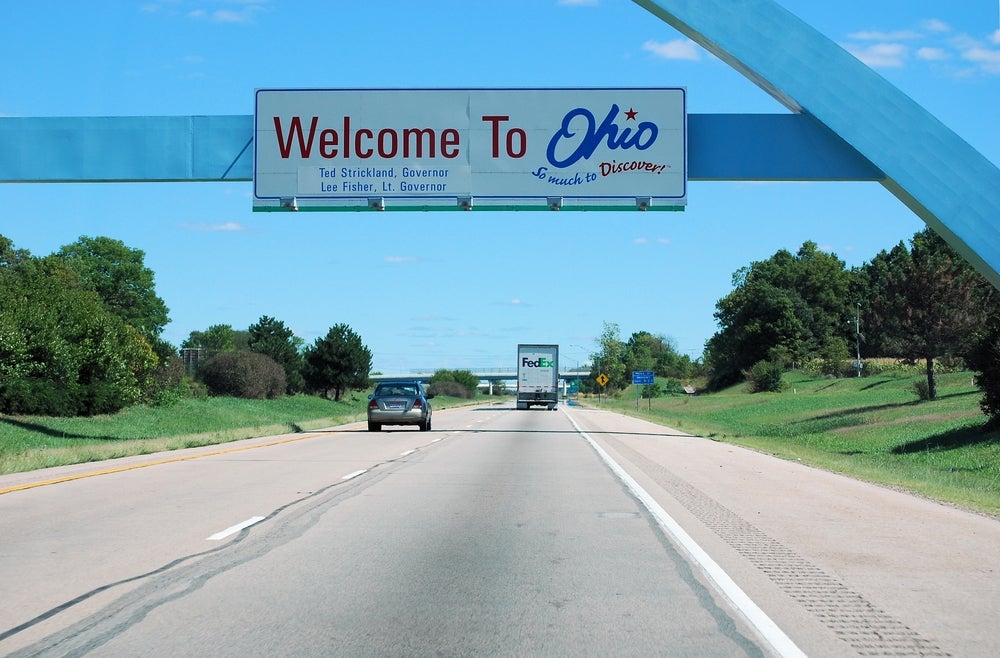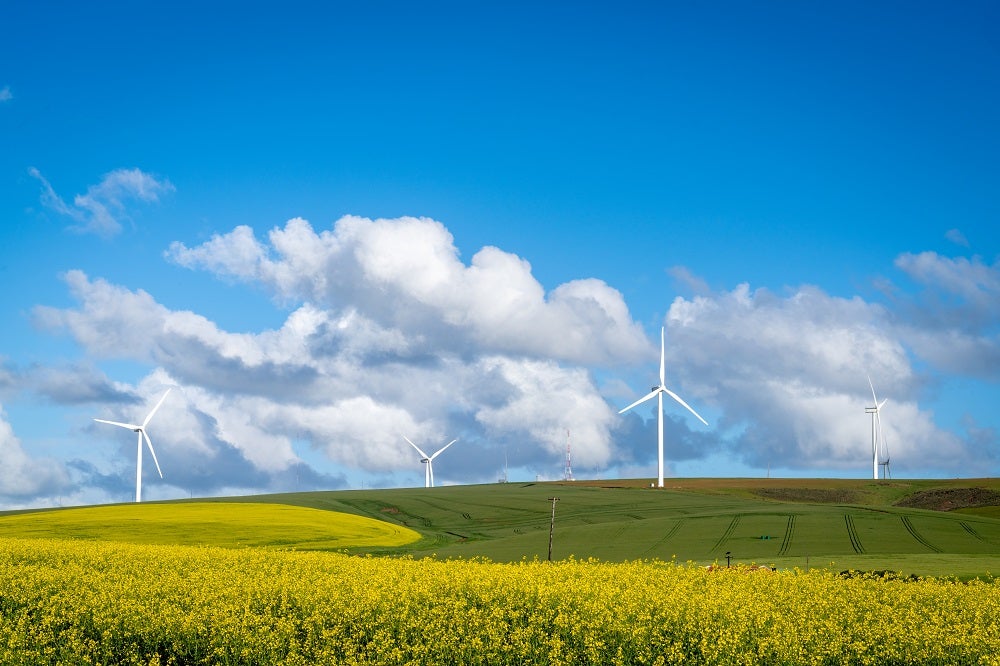
The global stock of negative-yield bonds has returned to record levels after a brief downturn during the first half of 2021, suggesting that ultra-low interest rates will remain the norm for some time yet.
However, the scale of investment necessary to tackle the climate crisis, as outlined in the recent landmark report by the Intergovernmental Panel on Climate Change, means that the situation is unlikely to hold forever.
Why are interest rates so low?
Negative-yield bonds, essentially loans made by investors for which they are guaranteed a loss, have proliferated in recent years as a consequence of record-low interest rates across the economy.
The recent surge has surprised many analysts, who had expected global economic recovery and rising inflation to push up borrowing costs. Despite a brief downturn in the stock of negative-yielding debt during the first half of 2021, the global economy now looks set to remain in the post-2008 low-interest-rate environment for some time to come.
Since the global financial crisis, major central banks have taken to making vast purchases of bonds and other long-term securities as a way of injecting demand into the economy, a strategy known as quantitative easing (QE). The four years after 2008 saw the European Central Bank (ECB) and US Federal Reserve expand their asset holdings by 82% and 321%, respectively.
How well do you really know your competitors?
Access the most comprehensive Company Profiles on the market, powered by GlobalData. Save hours of research. Gain competitive edge.

Thank you!
Your download email will arrive shortly
Not ready to buy yet? Download a free sample
We are confident about the unique quality of our Company Profiles. However, we want you to make the most beneficial decision for your business, so we offer a free sample that you can download by submitting the below form
By GlobalDataThe persistently low levels of inflation since the crisis have forced central banks to return to QE again and again, turning the policy into a semi-permanent fixture of the modern economy. From 2012 to the start of 2020, the ECB and Fed grew their balance sheets by a further 73% and 43%, respectively.
In the wake of the pandemic, central bankers have opened the taps once again. The ECB’s €1.85trn emergency bond purchase programme has helped to boost its asset holdings by a further 70% since the start of 2020, while the Fed’s assets have almost doubled, increasing by 98%.
As economist and author Ann Pettifor has noted, central bank credit creation is hardly a new phenomenon – governments have long relied on short-term loans from central banks to finance their spending. However, QE is conducted on a vastly greater scale and with a much broader array of assets, including long-term sovereign debt and even corporate bonds, meaning that the impact on general interest rates is potentially far greater.
Crucially, central banks have also been extremely reluctant to sell their accumulated assets for fear of provoking a rise in general borrowing costs and a subsequent recession.
QE and the taper tantrum
Efforts to wean economies off QE have tended to run aground. Most famously, the Fed’s announcement that it would begin winding down QE in 2013 provoked an enormous market backlash, known as the ‘taper tantrum’.
Expecting the price of bonds to fall as the world’s largest buyer slowly exited the market, investors began selling off their bonds in droves. With investors exchanging their bonds for dollars, the value of the currency shot up – causing chaos for foreign countries and businesses with large, dollar-denominated debts. The tantrum was a clear lesson for central bankers – by 2014, the Fed’s balance sheet was once again expanding.
At an ECB meeting in June, Germany’s Bundesbank, long known as among the world’s most conservative central banks, pushed to reduce the ECB’s bond purchases. With lockdowns gradually being lifted across Europe and inflation on the rise, many investors seem to have expected the ECB to do just that.
Ultimately, however, the bank chose to stick with the current pace of QE – a decision that may partly explain the recent spike in zero-yield bonds. Minutes from the June meeting show that many members of the bank feel the current lending environment is “too fragile”, and that a taper would be impossible without risking a disorderly rise in yields.
One reason given by the bankers was that Europe’s recovery from Covid-19 is far from certain. The Delta variant has wrought havoc across the continent, and vaccination rates in many countries appear to be stagnating well below levels necessary for a safe reopening.
Moreover, the much-hyped inflationary trends in Europe and the US are somewhat misleading. Inflation appears to have largely been driven by a mixture of supply-side bottlenecks, notably issues in the automotive sector, resulting from a global shortage of semiconductors. Statistical anomalies, namely the use of ultra-low early 2020 prices as the baseline for calculating today’s inflation, have also played a role.
Why are governments hooked on QE?
Why, then, are our economies hooked on QE? The first order explanation is simply that the supply of savings looking to be invested has, for many years now, vastly outstripped the supply of available investments. The result has been a long-term fall in interest rates.
One possible explanation for the emergence of this mismatch between savings and investment is that structural changes in the economy have led to a fundamental reduction in the need for investment.
For one thing, global economic activity has shifted significantly away from activities requiring large capital investments, such as manufacturing and utilities, and towards industries with much lower capital requirements.
For instance, the market value of publicly listed US steel companies tends to be about 55% higher than the book value of their capital assets, meaning that they have an average ‘price-to-book ratio’ of 1.55. By contrast, US online retail companies have an average price-to-book ratio of 18.62. These capital-lite companies are less reliant on borrowing to fund their activities, and so can demand much lower interest rates.
Another factor is the precipitously falling costs of investment goods, such as machinery and production equipment, relative to consumer goods. Firms can fulfil their investment needs for less, leading to a reduced desire to borrow and a lower market interest rate.
On the other side of the equation, a number of factors are pushing up the supply of global savings. As populations in Europe and North America grow older, the expected length of their retirement is increasing, raising the amount they need to save.
Growing inequality, too, is thought to have been pushing up the savings rate. Wealthier people are far more likely to save than poorer people, so countries with higher levels of inequality tend to see higher levels of saving.
Finally, the past several decades have also seen an enormous outpouring of capital from eastern Europe, the Gulf and large, emerging economies such as China – much of it desperate for safe assets such as Western government bonds or property.
Will interest rates stay low forever?
To anyone reading the UN’s latest landmark report on climate change, the idea that there is a genuine shortage of demand for investment sounds like a tale from a different world. The OECD estimates that about $6.9trn dollars of infrastructure investments are needed every year to 2030 if the goals set out at the Paris Climate Conference are to be reached.
In reality, the issue is not one of a mismatch between the supply of savings and investment opportunities but a failure of policymakers to harness this vast pool of capital for vitally necessary investment projects.
Many of the necessary projects are relatively high risk, leading major investors to call for international agencies and governments to assume the financial risks of these investments – essentially a form of state subsidy. Others are instead calling for governments to take the lead, either acquiring the necessary finance through green bonds or taxation.
Either way, the current dearth of investment cannot hold if the world is to keep temperature increases below catastrophic levels. In decades to come, the low-interest-rate environment may be seen less as a historical epoch than a symptom of our failure to act on climate change.







